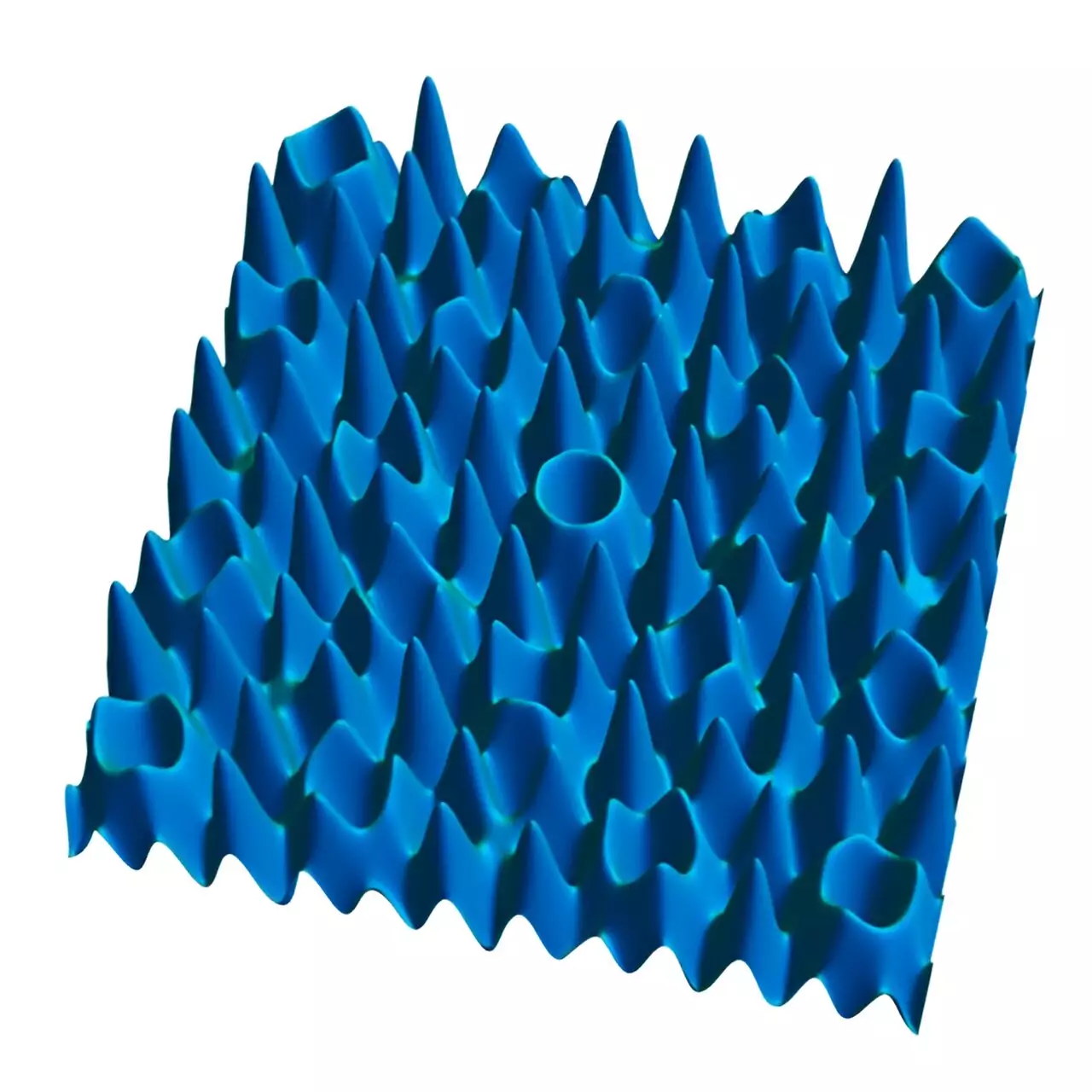Recent advancements in quantum physics have unveiled a novel phase of matter known as the Bose glass, achieved for the first time in two dimensions by researchers at the Cavendish Laboratory in Cambridge. This groundbreaking work, which has been documented in *Nature*, disrupts traditional paradigms of statistical mechanics and opens new avenues for understanding the behavior of quantum systems at a microscopic level. With particles exhibiting localization akin to glassy materials, the Bose glass presents unique properties that may profoundly influence quantum computing and many-body physics.
The term “Bose glass” refers to a state where all particles are localized, meaning they tend to remain fixed to their initial positions rather than dispersing throughout the medium. To conceptualize this, one can liken it to the way dollops of cream remain suspended in coffee, forming intricate patterns that do not blend into a homogeneous mixture. In practical terms, if coffee were in a localized state, one could stir indefinitely without losing the distinct black-and-white swirl caused by the cream. This fundamental characteristic suggests that Bose glass systems have potential applications that extend beyond mere theoretical interest.
To synthesize this new phase, researchers employed a sophisticated technique involving the intersection of multiple laser beams. This method creates a quasiperiodic lattice structure, akin to the Penrose tiling pattern, which maintains a long-range order without repeating periodically. When ultracold atoms were introduced into this lattice, they formed a Bose glass at temperatures nearing absolute zero, prompting a range of experimental observations that could transform our understanding of condensed matter.
The research led by Professor Ulrich Schneider highlights that the Bose glass’s localization properties could have significant implications for the advancement of quantum computing. Traditional quantum systems experience a degradation of information integrity known as decoherence, which occurs as quantum states interact with their environments, leading to the loss of coherence. However, the preservation of localized quantum states in Bose glass could help mitigate these issues, thereby maintaining the integrity of quantum information for extended periods.
Schneider elaborated on the challenges of modeling large quantum systems, emphasizing the difficulty posed by the rapid growth of potential configurations of particles in a quantum environment. The introduction of a controllable, observable two-dimensional Bose glass debunks many assumptions regarding thermal states and ergodicity in statistical mechanics. Instead of a scenario where the system forgets its initial conditions, the Bose glass retains its complex details, thus necessitating a reconsideration of how we approach modeling quantum systems.
One of the most intriguing aspects of the study is the discovery of a sharp phase transition from Bose glass to superfluid. This transition parallels the melting of ice into water, where a clear boundary exists between solid and liquid states. A superfluid, characterized by the absence of viscosity, allows particles to move uninhibited, akin to the elegant motion of fish swimming through a seamless ocean. This property bears resemblance to superconductivity and raises questions about the underlying physics governing these quantum phases.
The experiment highlights the coexistence of the Bose glass and superfluid within the same experimental framework, akin to ice cubes floating in a glass of water. This fusion of phases presents exciting potential for future research, leading scientists to further explore the Bose glass’s behavior amid varying conditions. The implications of this discovery could extend far beyond academic curiosities, potentially influencing technological applications in quantum computing and other nano-scale operations.
Despite the significant progress made, Schneider urges caution regarding the overarching implications of the Bose glass. He acknowledges that many fundamental questions remain, particularly concerning the thermodynamic and dynamical properties of this newly observed phase. The transition from a seemingly chaotic many-body system to a harmony of localized states requires substantial further inquiry to elucidate the intricate relationships between the quantum properties and disorder present in the Bose glass.
Researchers are now tasked with navigating the complex landscape of quantum systems while leveraging the unique characteristics of the Bose glass. The prospects for practical applications are tantalizing, yet they are dependent on continued comprehensive investigation into the foundations of this phase. The dialogue surrounding the Bose glass emphasizes the delicate balance of excitement and responsibility that comes with groundbreaking scientific discoveries.
The discovery of the two-dimensional Bose glass marks a pivotal milestone for physicists and could potentially pave the way for transformative applications in quantum computing. However, it is essential to approach this new frontier with the keen insight necessary to unlock its full promise while respecting the intricate complexities inherent to quantum mechanics.


Leave a Reply